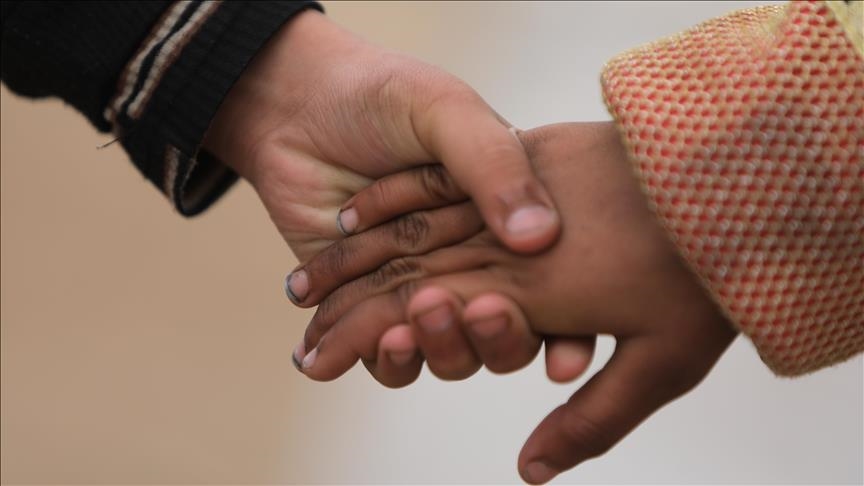
Summary
Magnitude of problem, slow progress makes it impossible for Ethiopia to meet deadline, say experts

Ethiopia faces an uphill task to meet the UN deadline to abolish child labor by 2025, as millions of children still work in various sectors in the rugged, landlocked country located in the Horn of Africa.
On the eve of World Day Against Child Labor, which will be observed on Sunday, Endeshaw Yemane, a social psychologist researcher, told Anadolu Agency that the number of children employed in the country was alarming.
“According to the findings of the latest national child labor survey published in 2018, almost 16 million children from the ages of 5 to 17 are engaged in child labor,” he said.
The UN Sustainable Development Goals have made it mandatory for all member states to eliminate child labor “in all its forms” by 2025.
In the Ethiopian capital of Addis Ababa and other regional urban centers, male and female children are seen engaged in shoe shining and selling traditional Ethiopian bread injera, and gums.
“The worst form of child labor is that the female children are trafficked to the Ethiopian capital and other cities, who end up either in the sex industry or as poorly paid domestic workers,” said Yemane.
Belete Dange, head of the children’s rights protection department at the Ethiopian Labor and Social Affairs Ministry, said minors engaged in hazardous and exploitative work negatively impact their overall wellbeing.
“Ethiopia legalized the minimum age for work to be at 15, while the minimum age for hazardous work is set at 18,” he said, adding that the country had also prohibited forced labor, commercial sex exploitation of children, and ratified international conventions on child labor.
“We are engaged in raising public awareness with other agencies, and the government also has a job creation plan,’’ Dange added. “But children have continued to flock to cities in search of work.”
Supporting families
Ayalew Desta, 13, a ragpicker, said he works from dawn to dusk to support his family and sick mother.
“In most cases, I earn around $2 in a week, and if I ask for a fair price, the buyers abuse me and at times beat me,” he said.
Anemawu Besufekad, 12, who is selling lottery tickets on the streets for the last two years, was forced to work by his father to support the family.
“I make a living and support my poor family, but selling lottery tickets in Addis Ababa is a risky job,” he said. “On many occasions, I and several friends have been robbed and abused.”
According to Yemane and Dange, poverty is the fundamental factor that drives children to the labor market.
Even though the World Bank has said Ethiopia’s economy is one of the fastest-growing economies in the region, with a 6.3% growth in the financial year 2020-21, nearly 29% of the estimated 120 million people live below the poverty line, earning just $1.90 per day.
“Conflicts, a high number of children, and family breakdown are other factors contributing to the problem,” Yamane said.
Meeting deadline difficult
Experts and higher officials at the Labor and Social Affairs Ministry had been deliberating on the possibility to stamp out child labor by 2025. But “given the magnitude of the problem and slow progress in curbing and improving the plight of the victims, the deadline does not seem realistic,” said Dange.
Yemane said “it is impossible to eliminate it (child labor) in three years. The primary feasible action is to help children in the market.”
According to the International Labor Organization’s 2020 global estimates, African countries are home to most of the world’s 160 million working children – 63 million girls and 97 million boys.
